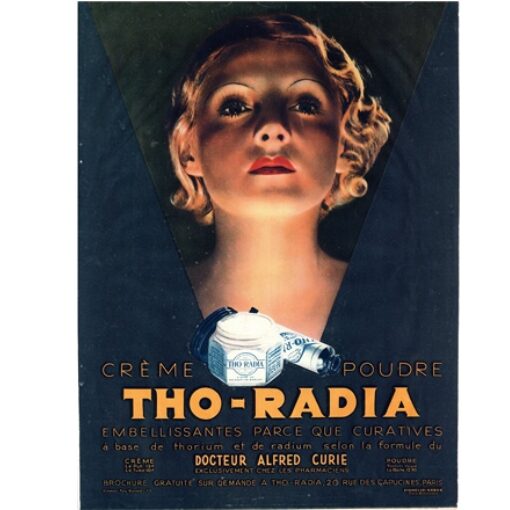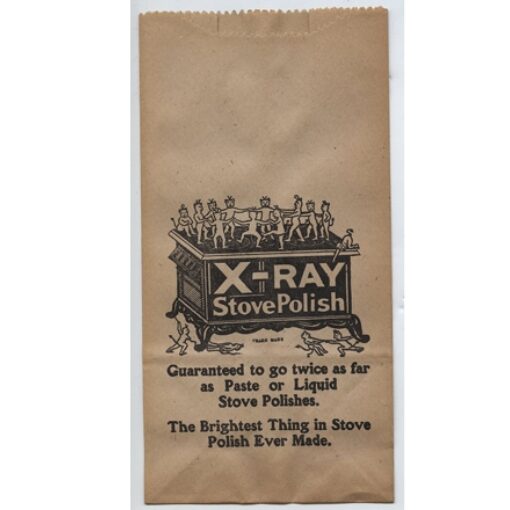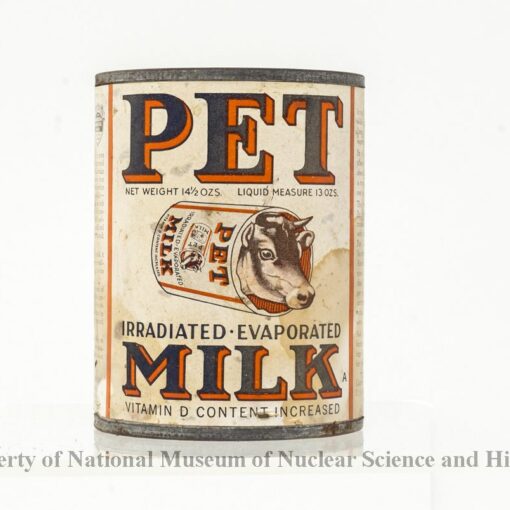Exhibits
Virtual Exhibit: Atomic Advertising
Atomic Advertising in the 20th and Early 21st Centuries
In the 20th Century, radiation was associated with the future of
health and wellness as well as modernity and technology. As both the
patent medicine and advertising industries thrived and grew in the
decades leading up to the Second World War, the popularity and use of
radium and other radioactive materials, such as thorium and polonium,
flourished.
After the bombing of Hiroshima and Nagasaki, radiation and nuclear
science began to take on different connotations, and as the Cold War
heated up, "atomic" developed a much more menacing meaning for a rapidly
globalizing world while also maintaining its connections with health
and science. By the mid-1960s, advances in uranium mining and radiology
research had entered the zeitgeist hand-in-hand with the potential for
global nuclear war in American minds.
At the end of the 20th century and leading into the early 21st Century,
attitudes had seemingly come full circle and vintage atomic themes came
back into vogue by way of popular culture and a boom in 21st Century
"self-help" and quackery.
This exhibition, compiled from the collections of the National Museum of Nuclear Science & History, aims to exemplify the ever-changing public attitudes towards atomic thought over the course of the 20th Century and first decade of the 21st Century through the reflective lens of advertising and packaging. Although the National Museum of Nuclear Science & History's collection naturally focuses on American cultural experiences and representations of the Atomic Age, this exhibit includes a small number of objects from both France and Japan. French contributions to early atomic science are important to the first discovery and subsequent marketing of radium and radioactive products. Additionally, Japan's cultural identity has been deeply impacted by the US bombing of Hiroshima and Nagasaki which, by definition, began the Atomic Age. National attitudes towards nuclear science have drastically changed within these cultures since the potentially violent implications of nuclear science were introduced to the world at the end of WWII. The examples within this exhibit from France and Japan share certain attitudes expressed in the United States at different points in the 20th and early 21st Centuries and help to illustrate how widespread these trends were.
Anna Part has been a Collections Intern working at the National Museum of Nuclear Science & History since May this year. She graduated in February from the Victoria & Albert Museum/Royal College of Art MA History of Design program after completing her undergraduate degree at The University of New Mexico. Her master's research thesis focused on the advertising and packaging practices of the confectionery industry in England from 1850 to 1914. Her continued interest in museums and the history of advertising led to her involvement with the National Museum of Nuclear Science & History.







